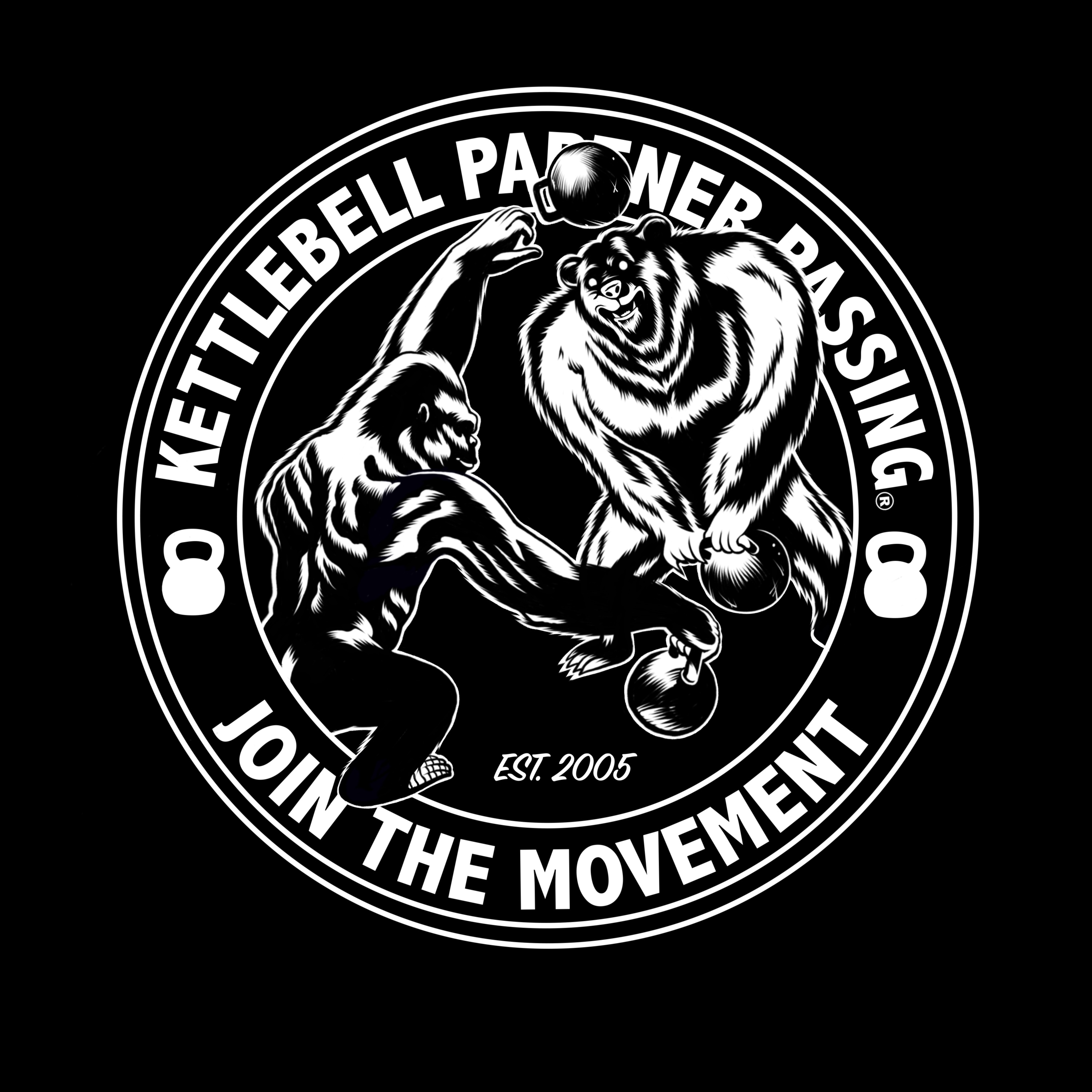How to Toss Like a Boss - Part 1
- Kettlebell Partner Passing

- Jul 2, 2021
- 3 min read
Updated: May 31, 2022
Have you ever wondered what would happen if you let go of the kettlebell at the top of a swing? Imagine doing a home workout in front of the sliding glass door and the kettlebell handle slips out of your hands. OK, we can all agree that letting go of the kettlebell in that instance would be a disaster. Letting go of the kettlebell on purpose, however, is actually a skill practice with many benefits. Amazing things can happen if you let go of the kettlebell at the top of a swing; that is, if it’s done outdoors, and with the right intention!
What Does Tossing the Kettlebell Mean?
To be clear, tossing the kettlebell is not to be confused with passing the kettlebell. Tossing the kettlebell refers to throwing it to the ground, while passing the kettlebell refers to throwing the kettlebell to another person. Tossing the kettlebell the KPP way consists of swinging a kettlebell for three repetitions while counting out loud, then releasing it on the third count with the intention of landing the bell flat on its bottom with the handle positioned straight up to the sky. This is a key practice to prepare for Kettlebell Partner Passing and maintain passing skills between sessions with your partner.
Why Toss the Kettlebell?
While it may seem fun or silly to throw the kettlebell onto the ground, there are numerous good reasons for doing so. Tossing teaches you how to control the bell and temper force so that you use the appropriate amount of energy when you deliver a pass. You learn how to be accurate with your aim and placement so that you know how far to throw the bell to reach your partner, and how to optimally deliver the handle into their hands. Tossing is an opportunity to find the right amount of rotation while experiencing what over and under rotation of the bell look and feel like. Best of all, practicing these skills while tossing the bell to the ground is consequence-free, as there is no risk of causing injury or discomfort to your passing partner.
Tips for Tossing
In order to experience amazing things from tossing a kettlebell, the right intention matters. Here are some tips for starting an intentional tossing practice.
1. Choose your surface wisely. Be mindful when choosing your surface that you are not damaging it, i.e. wet grass field, wood or tile floors, etc. Some surfaces will give you more difficulty in sticking the landing than others. Soft sand is recommended for best results. Once you get good, use less forgiving surfaces to hone your skills.
2. Count to three for safety! Use the three count protocol when tossing, as this establishes an important safety habit for Kettlebell Partner Passing.
3. Train smarter, not harder. Shorter, more frequent bouts of tossing practice will yield greater results than longer, more infrequent bouts.
4. We don’t have time to rush. When we rush, we make mistakes and end up progressing slower in the long run because we miss things and have to go back and relearn them. Take your time between reps and sets so you can maintain your focus. 5. Let ‘er fly! When you are first getting started, throw the bell as hard as you like on the first few reps, just to get it out of the way! Once you’ve thrown it hard, throw a soft toss to experience the other end of the spectrum. Now that you have experienced both ends of the spectrum, work within the spectrum to find the ideal force to throw the kettlebell with and make it land flat. 6. Arm and a leg. Explore using your arms to throw the bell, then explore only using your hips to throw the bell. See which one of the two gives you a better result. Perhaps the best result will be some combination of the two! 7. Different strokes for different folks. Practice releasing the bell at different points of the swing. For example, release it when it’s low and barely out of the backswing, or wait until it gets to the top of the swing. Explore the differences of when you release the bell in conjunction with how much hip and arm you use to throw the bell. 8. Fingers flip the bell. Use your fingers and thumbs to direct the bell. When performing straight and front flip tosses, use your thumbs to push the handle forward. When performing the backflip toss, use your fingers to push the handle down.
Find the rest of the blog series here:


Comments